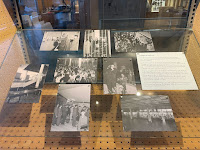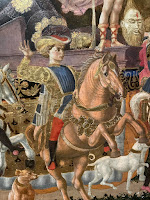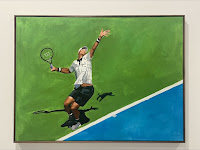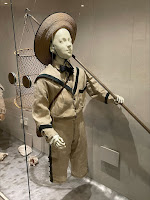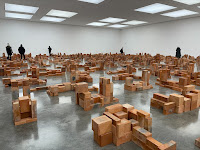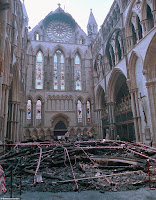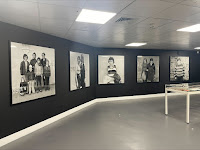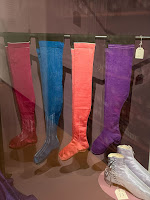Notre-Dame Cathedral de Paris: five years on

Clear and intriguing online lecture from the London Art History Society on the restoration of the Notre-Dame Cathedral five years after the major fire. Alexandra Gajewski, reviews editor of the Burlington magazine who has a phd in Gothic architecture, led us through what was lost and what survived then the three stages of construction, securing the building, analysis of the fabric and restoration. I hadn’t realised that the site had to be closed for about 5 months early on when it was discovered that the levels of lead were too dangerous to work in the whole structure had to be hoovered to make it safe. I was fascinated to hear how the stonework which survived had to be supported until the roof, which stabilised it was replaced. The first service is planned to take place on 8 December and I will look out for it with interest.





